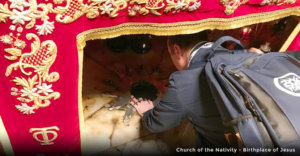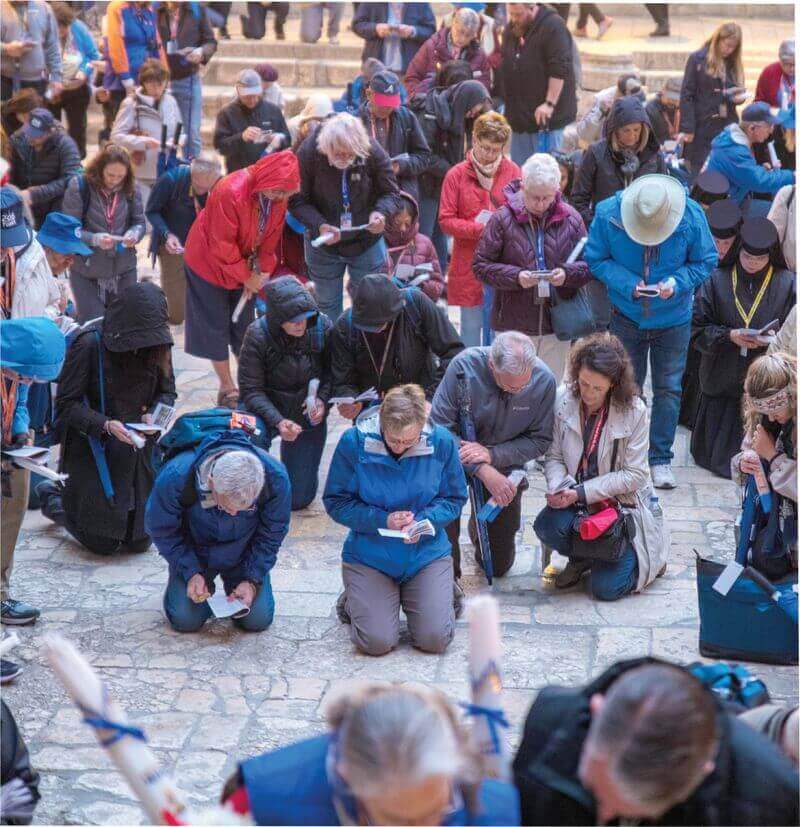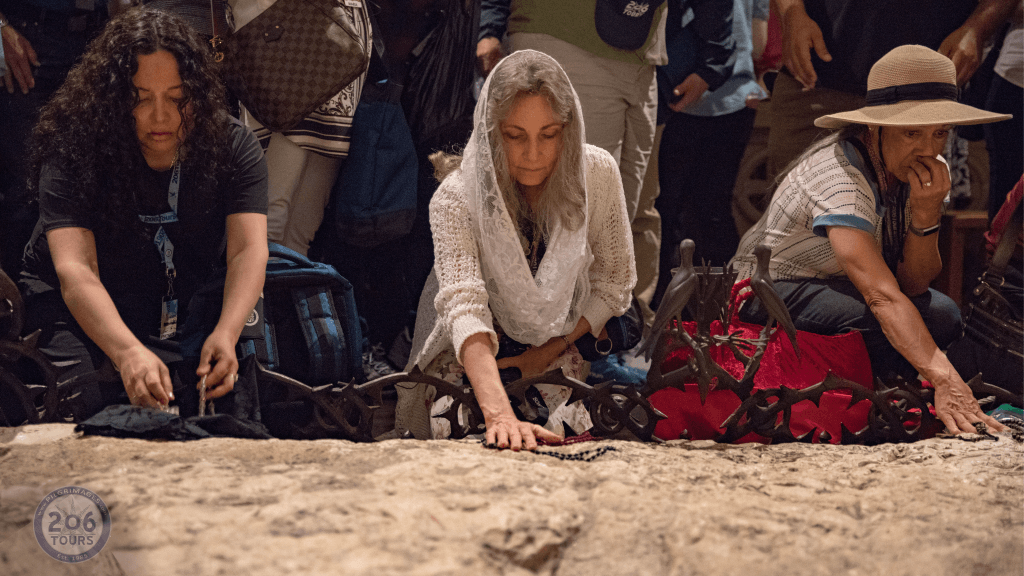The Way. The Truth. The Life.
Jesus said to him, “I am the way, and the truth, and the life. No one comes to the Father except through me.”
Catholic Pilgrimages & Spiritual Journeys to the World’s Holiest Sites with 206 Tours.
What is a Relic?
Many Pilgrimages visit important Shrines that house Sacred Catholic Relics. Understanding the way relics are classified in the Catholic Church is important to fully appreciate these amazing pieces of our shared history and why they are so strongly venerated.
A Relic, in religious terms, usually refers to the physical remains or personal effects of a Saint or Holy person that have been saved and preserved in an official reliquary, also known as a Shrine. The Catholic Church recognizes three classes of relics.
1. First-Class Relics
The most sacred class, a first-class relic refers to an item that is directly associated with the life of Jesus Christ. However, the physical remains of a Saint’s body are also classified as first-class relics. In many cases, this type of first-class relic is entombed in an altar stone.
An example of a famous first-class relic can be found in Bethlehem in the Church of the Nativity in Manger Square. It is in the Grotto of the Nativity that you can see a relic of the original Manger at the place of Jesus’ birth – now marked by a star in the floor.

Join us in the Holy Land – Walk Where Jesus Walked Tour.
Another example of a first-class relic is the incorrupt body of St. John Vianney, the patron Saint of Parish Priests, whose remains are entombed above the main altar in the Basilica in Ars-sur-Formans in France.
You can visit Ars on our Great Shrines of France Tour.
2. Second-Class Relics
A second-class relic is typically a personal belonging of a Saint or Holy person. In many cases, this is a piece of clothing or an object used by the Saint. The Latin term, “Ex indumentis”, meaning “from the clothing”, is often used when referring to a second-class Holy relic.
A famous example of a second-class relic is the chain that attached the Apostle Paul to the Roman soldier while imprisoned in Rome, which is housed in the Papal Basilica of St. Paul Outside the Walls.
You can visit this Basilica on our Shrines of Italy Tour.
3. Third-Class Relics
An object that has been touched to a first-class relic is classified as a third-class relic. Many Catholics will bring a Crucifix or Rosary to a shrine and touch it to the venerated relic, thereby making it a third-class relic. However, unlike first and second-class relics, third-class relics will not be formally recognized with official documentation.
Traveler’s Tip: Third-Class Relics Make Great Gifts!
When traveling in the Holy Land, you can visit all of the sites, and in the order of the Gospel. You will have the opportunity to enter the Tomb in the Church of the Holy Sepulchre, touch the Rock of Agony in the Church of All Nations, touch the star in the Grotto of the Church of the Nativity .. and many more. Bring extra Rosaries with you – and have them in hand when you touch each spot. This way, you can gift friends and family members with Third Class Relics when you return home!
Blogs

Cruise Pilgrimage: A New Kind of Spiritual Journey

What a 206 Tours Guide Brings to Your Pilgrimage

Preparing for the Unexpected While on a Pilgrimage

What You Need to Know About Attending a Papal Audience

5 Ways to Begin Preparing for a Pilgrimage

Mary, Help of Christians, Pray for Us!
view all

206 Tours Pilgrims
What is a 206 Tours Pilgrimage Like?
“To go on pilgrimage really means to step out of ourselves in order to encounter God where he has revealed himself” – Pope Benedict XVI
RECOMMENDED
Upon the Death of a Pope: Procedure...
RECOMMENDED
Lost Luggage: What To Do If This Ha...
RECOMMENDED
Bethlehem, Sea of Galilee & Je...
Join Us
Join over 400,000 faithful Pilgrims and get exclusive travel tips, giveaways and more!




